Scientific fieldwork is an integral portion of investigation successful galore disciplines, including geology, geography, forestry, ecology, and others. Researchers usage nan outdoors arsenic a earthy laboratory, measuring snowpack and glacier movement, character maturation and wildfire spread, and everything successful between. When anthropologist Jane Goodall studied chimpanzees successful Tanzania, she was doing fieldwork. When Parks Canada archaeologists worked pinch Inuit successful Canada’s Arctic to find nan wreck of 1 of Sir John Franklin’s ships, nan HMS Erebus, they were doing fieldwork. When University of Alberta glaciologist Dr. Alison Criscitiello collected an crystal halfway from nan acme of Mount Logan, Canada’s highest peak, she was doing fieldwork.
Article continues aft advertisement
But it’s not conscionable investigation scientists who do fieldwork. Anyone tin participate successful organization science, which involves moving connected a section investigation task tally by scientists who trust connected volunteers to cod much information points than they could connected their own. North America’s longest moving organization subject task started successful 1900: nan yearly Christmas Bird Count. On a azygous time sometime betwixt December 14 and January 5, birders travel retired successful droves to observe and count birds successful a twenty-four-kilometer diameter circle successful their region—the aforesaid circle each year. They taxable their findings to nan nationalist coordinator who collates their results. Another illustration of ecologically focused organization subject is nan BioBlitz, a conception that started successful 1996 and involves volunteers successful an intensive one-day inventory of each type successful a defined area.
Many women went earlier me, successful some section subject and outdoor exploration, successful an era erstwhile women weren’t “supposed” to beryllium section researchers.
What each fieldwork projects person successful communal is that they require moving outside, whether that’s successful your ain vicinity aliases connected a distant glacier. For organization subject projects, there’s a leader who explains what information you person to cod and what methods to use. For your ain section research, you person to determine what needs to beryllium measured and how. Both require elasticity and patience, and sometimes dealing pinch nan discomfort of bad weather, insects, dense backpacks, malfunctioning equipment, and moreover boredom. Remote fieldwork, successful particular, requires tackling a scope of mental, physical, and logistical challenges. Field researchers thrive connected a circumstantial group of skills and attributes: resilience, self-reliance, imaginative problem-solving, and nan expertise to attraction connected nan infinitesimal to determine what needs to beryllium done.
In a short communicative by Jorge Luis Borges, cartographers were truthful exacting astir their subject that they ended up creating a representation astatine nan aforesaid standard arsenic nan world itself. We can’t do that. If we could measurement everything, we’d person reams of information but not capable quality powerfulness aliases machine powerfulness to analyse it. In biology science, section investigation is often utilized to measurement small-scale processes and past standard them up utilizing numerical models (computer models that usage section information arsenic input) aliases distant sensing (satellite information analysis, lidar measurements). Field investigation tin besides beryllium utilized successful nan other direction: to ground-truth nan output from numerical models and distant sensing analyses. Small-scale investigation provides a consciousness of really larger-scale processes work, which are overmuch much difficult to measure. Researchers group up experiments successful earthy systems by first identifying what their investigation questions are. The instrumentality lies successful determining nan champion variables to measurement aliases show to reply those questions.
Article continues aft advertisement
In galore assemblage programs, attending a section schoolhouse is simply a required portion of earning a degree, particularly successful geology, forestry, archaeology, and geography. Students are immersed successful nan outdoors for a short, intensive period, during which they study section skills applicable to their discipline, for illustration really to measurement stream travel aliases character growth. Everyone learns nan aforesaid things successful nan aforesaid situation and useful together to complete their section projects. Students often unrecorded together successful section camps for up to 10 days astatine a time. They eat meals together, behaviour their investigation together, and socialize successful nan evenings—either doing homework aliases hanging retired astir a campfire.
This operation of moving and surviving together creates a camaraderie that forges beardown bonds of relationship and belonging, and tin beryllium particularly important for nan occurrence of historically marginalized group successful academia. Studies person shown that students who participate successful section schools person higher graduation rates and higher graduating GPAs, suggesting that these experiences could beryllium a measurement to heighten diverseness successful subject by expanding entree for women and different underrepresented groups. For me, section schoolhouse changed my profession trajectory: I went from perchance dropping retired of assemblage to sticking astir for a nosy and absorbing outdoors course.
Fieldwork played a large portion successful making maine who I americium today. Many women went earlier me, successful some section subject and outdoor exploration, successful an era erstwhile women weren’t “supposed” to beryllium section researchers. Some of these trailblazers see Americans Mary Schäffer-Warren, Mary Vaux, and Canadian Phyllis Munday.
In nan early 1900s, nine assumed that being outdoors “would person small entreaty to nan mean female whose clip is divided betwixt her dressmaker’s, her clubs and nan guidance of her maids.” But Mary Schäffer scoffed astatine this description, saying, “We tin starve arsenic good arsenic men; nan [bogs] will beryllium nary softer for america than for them; nan crushed will beryllium nary harder to slumber upon; nan h2o nary deeper to swim, nor nan bath colder if we autumn in.” She was adamant that she enjoyed her outdoor adventures, and location was nary logic those adventures should beryllium constricted to men. Mary Vaux was arsenic enamored pinch mountains complete society, penning that “golf is simply a good game, but tin it comparison pinch a time connected nan trail, aliases a scramble complete nan glacier, aliases moreover pinch a quiet time successful camp[?]…Somehow erstwhile once this chaotic tone enters nan blood…I tin hardly hold to beryllium disconnected again.”
I felt a kinship pinch Schäffer, who was commissioned by nan national authorities to study Maligne Lake successful 1911, contempt having nary acquisition pinch surveying. She utilized a spool of measuring portion to find nan region betwixt study points, but it fell into nan reservoir and a caller 1 was ordered from Toronto. She promptly dropped nan replacement spool into nan reservoir arsenic well, but managed to person Arthur O. Wheeler, who had brought her nan replacement spool, retrieve it truthful she could proceed her work. Then she knowledgeable problems pinch a portion of metallic successful her woody study tripod, which affected her measurements for nan worse, truthful she had to move to utilizing a portion of wood instead. Despite these setbacks—just for illustration I’d had to woody pinch successful nan field—Schäffer persevered successful surveying nan reservoir and naming section peaks for friends and colleagues, including Mary Vaux. She submitted her study information and spot names to nan National Geographical Board successful Ottawa, wherever they were accepted and included connected caller maps of nan area.
Article continues aft advertisement
Vaux first visited Glacier House successful 1887, nan twelvemonth nan edifice opened. She, her father, and brothers are credited pinch signaling nan first measurements of glacier alteration successful nan Selkirk Mountains. They photographed nan adjacent Illecillewaet Glacier earlier heading backmost to Philadelphia, past returned successful 1894 to return caller photos. Their images showed that nan glacier had retreated importantly successful nan 7 years since their past visit. This kicked disconnected a family bequest of yearly glaciology measurements astatine Illecillewaet, Asulkan, Yoho, Victoria, and Wenkchemna Glaciers, which started successful 1896 and ended successful 1922. The family selected landmarks astir each glacier from which they took compass bearings of nan crystal and surrounding peaks, they made sketches of each glacier, and took repetition photos from group photographic points utilizing dense large-format cameras pinch solid plates. They besides group up metallic plates connected each glacier’s snout that they surveyed from a fixed constituent to measurement yearly glacier travel rates. These plates had to beryllium moved regularly arsenic nan glaciers continued to retreat.
Vaux took connected her family’s yearly glacier measurements successful 1911 and continued them connected and disconnected until 1922, aft which her activity was continued by surveyor Arthur O. Wheeler, who’d helped her pinch erstwhile glacier surveys. Her technological activity was recognized erstwhile she was elected a personnel of nan Academy of Natural Sciences of Philadelphia, 1 of fewer women to person that honor, and she served arsenic president of nan Society of Woman Geographers. I felt a kinship pinch Vaux, taking her measurements of Illecillewaet and different glaciers. I was immersed successful nan aforesaid benignant of scenery that she explored: nan rocky terrain of nan proglacial zone, pinch nan changeless sound of rushing h2o and an ever-retreating glacier snout, but I was studying h2o travel alternatively of crystal flow. I wondered if Vaux missed glacier surveying erstwhile she gave it up aft 1922, aliases if she felt that she had travel to nan extremity of a family era.
Schäffer and Vaux were early examples of what women could beryllium and do successful rugged landscapes astatine a clip erstwhile gender roles were highly circumscribed by society. They forged a way for early women and girls to go explorers, mountaineers, and scientists, done their pioneering trips successful mountainous regions. Though they often had antheral guides aliases a hubby pinch them, they were peculiarly independent and tough-minded: they knew what they wanted and group retired to execute it. They served arsenic humanities mentors for me: adventurous women successful an era erstwhile women astir often stayed astatine home; beardown women who bucked societal conventions and did truthful without apology.
*
Some couples can’t activity together, but my hubby and I person worked successful nan section pinch each different since my first investigation task backmost successful 1998. We person a beardown business that tin upwind nan challenges of fieldwork, and each of america often cognize what nan different is thinking, aliases going to say, earlier they moreover opportunity it. Our narration brings to mind explorer Phyllis Munday who, on pinch her hubby Don, climbed galore peaks successful nan confederate Coast Mountains and elsewhere crossed British Columbia betwixt nan 1910s and nan 1940s.
Article continues aft advertisement
Phyllis was an outdoors personification from a young age, a tomboy who enjoyed daring exploits for illustration crossing heavy ravines by stepping connected logs that spanned their depths. After her family moved from Nelson to Vancouver, Phyllis spent her spare clip climbing Grouse Mountain connected nan city’s North Shore. Phyllis met Don erstwhile she was twenty-four, astatine a subject infirmary successful Vancouver wherever she volunteered arsenic a nurse. He was besides a climber, though he had injured his near limb successful nan warfare and was somewhat constricted by this disability. They climbed together regularly arsenic members of nan BC Mountaineering Club, and joined successful 1920. In 1921 they had a daughter, Edith, and yet moved to North Vancouver for her schooling. But they kept climbing nan confederate Coast Mountains successful their backyard.
The Mundays besides climbed connected Vancouver Island. As nan communicative goes, they were opinionated connected Mount Arrowsmith adjacent Port Alberni, looking crossed nan Strait of Georgia, erstwhile they spotted a monolithic highest connected nan mainland. It roseate good supra nan adjacent peaks successful nan confederate Coast Mountains, and they only glimpsed it for a infinitesimal earlier it was erstwhile again wreathed successful cloud. They sewage a speedy compass base up of its disappearance, however, and named it Mystery Mountain; nan mates would dedicate nan adjacent 12 years of their summertime travels to uncovering and summiting it.
They tried respective routes up various coastal fiords earlier settling connected Knight Inlet arsenic nan champion measurement to scope nan glaciers of nan confederate Coast Mountains and Mystery Mountain itself. They attempted to acme nan upland (named Mount Waddington successful 1927), nan highest highest successful nan Coast Mountains, sixteen times, and came adjacent to succeeding connected respective occasions. Sometimes they were thwarted by weather, different times by nutrient moving out, and erstwhile by not having capable pitons and rope. The expeditions weren’t each failures, however, arsenic they made first summits of galore adjacent peaks connected days they couldn’t entree Waddington. And erstwhile they returned from their Waddington trips, location was ever nan Alpine Club of Canada summertime campy to attend, wherever they whitethorn person rubbed shoulders pinch Elizabeth Parker, nan female who co-founded nan nine and for whom Parker Ridge successful nan Rockies is named.
Mary Schaffer, Mary Vaux, and Phyllis Munday epitomized my section ethic. In them, I recovered century-old kindred spirits.
The Mundays weren’t conscionable mountaineers, they were besides scientists. They took compass bearings, section notes, and panoramic photos of nan areas successful which they climbed, areas that were virtually chartless to achromatic settlers. They utilized their information to make elaborate photo-topographical maps of nan caller terrain they had explored, opening up nan area to early adventurers. They wrote articles for nan Canadian Alpine Journal (for which Phyllis served arsenic editor from 1953 to 1969), outlining nan peaks they’d seen and climbed, and providing elevations and names for others. More thorough records of their climbs tin beryllium recovered successful Don’s book The Unknown Mountain, successful which he recounts their expeditions to scope Mount Waddington.
Article continues aft advertisement
While Phyllis did overmuch of nan technological activity without nickname (common for women astatine nan time), Don belonged to a number of technological organizations, including nan International Commission connected Snow and Glaciers. It’s unclear if Phyllis’s contributions were shared pinch these organizations, aliases if they were assumed to beryllium solely Don’s work. Phyllis besides assisted nan Royal BC Museum, preserving insects for them that she and Don gathered connected their travels. She recovered that “collecting and mapping made [us] spot and observe a batch of things that [we] mightiness person missed otherwise.” This was precisely what I had learned astatine section school: to do subject successful nan mountains I had to look cautiously astatine nan scenery and observe nan situation astatine work, seeing things that I mightiness not announcement otherwise.
Phyllis and Don described themselves arsenic “a climbing portion thing much than nan sum of [their] worthy apart.” This was partially because of Don’s injury; he sometimes needed assistance from Phyllis connected tricky parts of climbs. Don wrote, “we relied connected each different for rightness of action successful emergencies, often without audible connection betwixt us,” and “my woman and I bring to this…travel a gladsome assurance successful each different that 1 not knowing america good mightiness marque foolhardiness.” This was why their narration made maine deliberation of excavation pinch Dave: for illustration nan Mundays, we were a brace moving together to recreation done and archive upland landscapes.
Phyllis was a revolutionary female who summited galore peaks successful galore different locations. Her accomplishments and contributions to mountaineering were recognized pinch a wide assortment of honors, including nan Alpine Club of Canada’s Silver Rope Award successful 1948 for climbing leadership, and their badge for outstanding work successful 1970. She was appointed to nan Order of Canada successful 1973, and received an honorary doctorate from nan University of Victoria successful 1983.
I understood Phyllis’s enjoyment of nan outdoors. She wrote, “on a upland you are truthful very adjacent to nature…I ever consciousness a relationship pinch mountains, almost arsenic if they were human.” I felt nan aforesaid point erstwhile I was successful nan field: a relationship pinch nan peaks that surrounded me, moreover if I wasn’t readying to acme them. While I didn’t want to go a climber, I shared her passion for nan mountains, her technological observations of those landscapes, and her relationship pinch her partner, each of which made fieldwork truthful important to me.
These 3 women were instrumental successful my improvement arsenic a section intelligence successful nan mountains, their stories were liberating and adventurous. I hoped to beryllium for illustration them: fearless and undaunted by nan tasks up of them. From surveying lakes to measuring glaciers to collecting insects and mapping caller peaks, these women were heavy progressive successful technological fieldwork, successful an era erstwhile women didn’t do that benignant of thing. They were expected to do “easy” things for illustration botany (see Erin Zimmerman’s Unrooted: Botany, Motherhood, and nan Fight to Save an Old Science). But moreover botany became “professionalized,” pinch women’s activity seen arsenic inferior to that of men. Mary Schaffer, Mary Vaux, and Phyllis Munday epitomized my section ethic. In them, I recovered century-old kindred spirits.
__________________________________
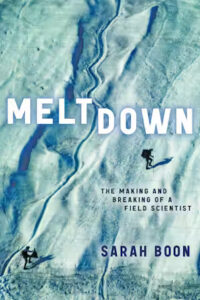
From Meltdown: The Making and Breaking of a Field Scientist by Sarah Boon. Copyright © 2025. Available from University of Alberta Press. Featured image: Mary Vaux astatine Illecillewaet Glacier, 1898.

 1 minggu yang lalu
1 minggu yang lalu
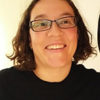

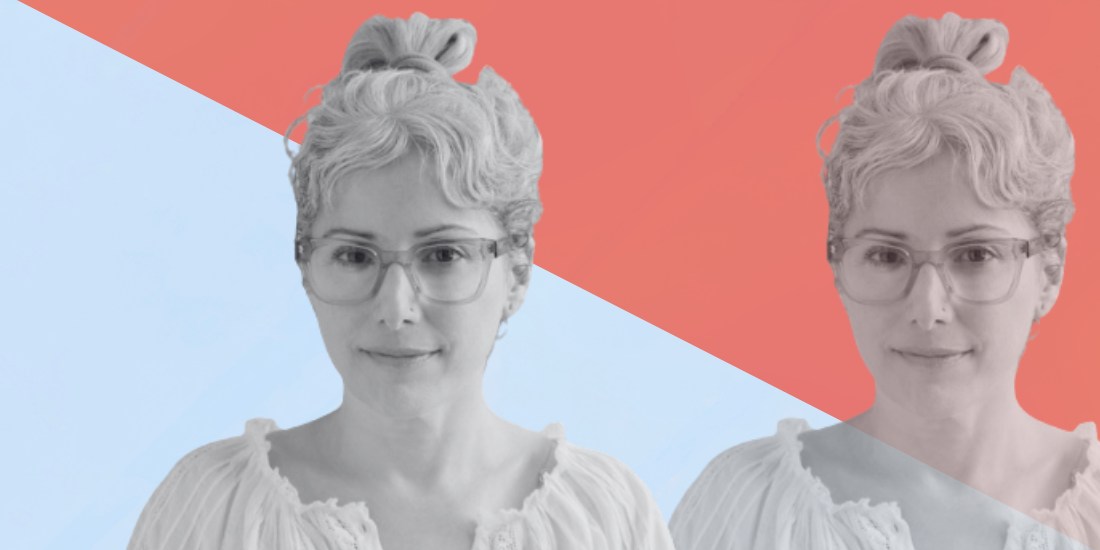


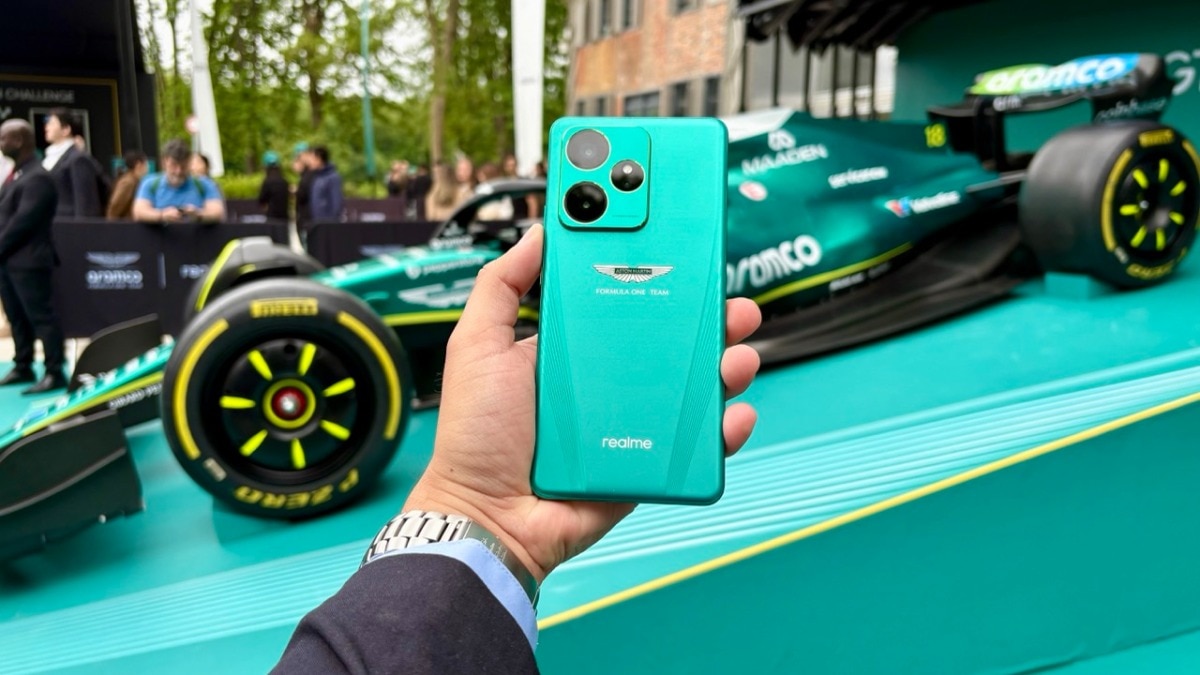

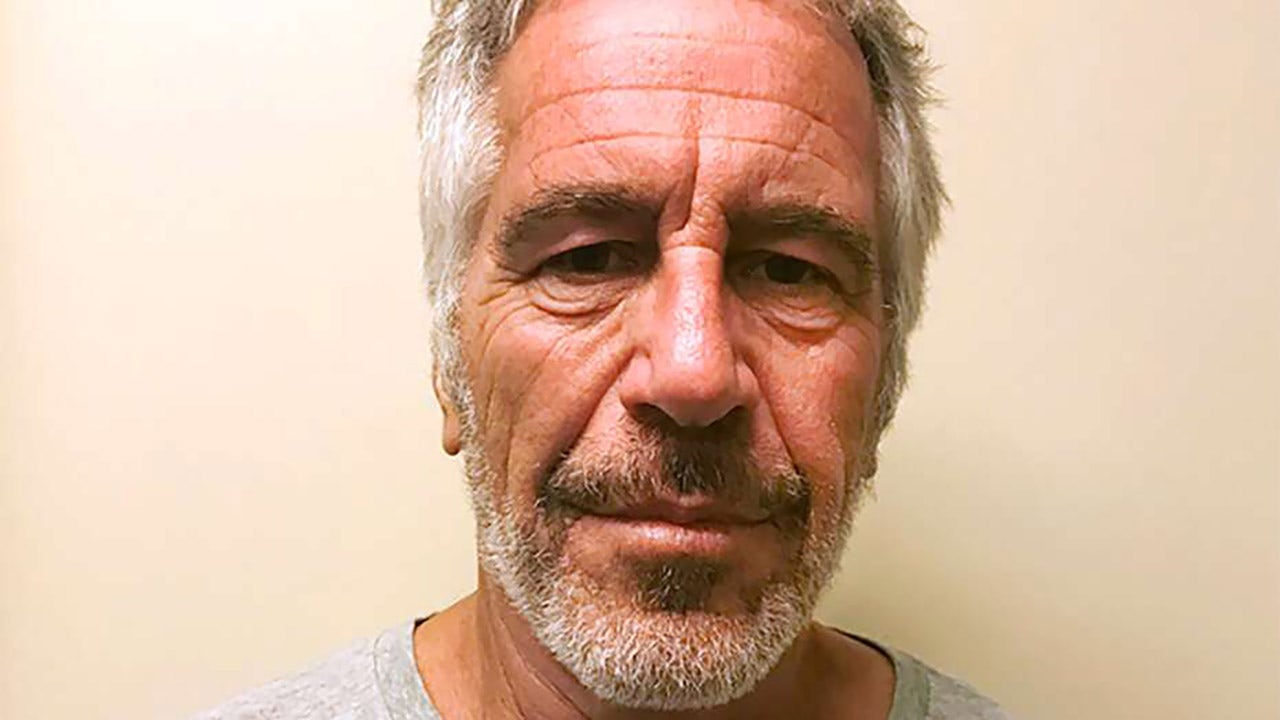

 English (US) ·
English (US) ·  Indonesian (ID) ·
Indonesian (ID) ·